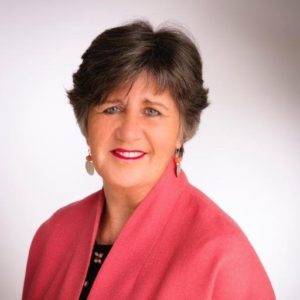Prostitution and the levels of sexual and physical violence experienced by women
TORL ensured that partner organisations were familiar with the substantial body of empirical evidence on the harm of prostitution, in order to reveal the truth of what women experience and dispute the claim that prostitution can be a safe occupation for women. International research consistently reveals that the rates and frequency of severe violence, including homicide, are exponentially higher for women in prostitution than the general population of women and girls.1 Research conducted in five countries indicated that 80% of women in prostitution had violence-related injuries, 60% had been sexually assaulted and between 60% and 70% had been subjected to verbal abuse and threats; the study also revealed that the sex demanded in prostitution was infused with degrading, humiliating and abusive acts.2
Street prostitution emerges as a very high risk setting in most studies in terms of physical assault, drug related crime and sexual assault, with studies indicating figures as high as between 60% and 86% for instances of rape, beatings and robbery.3 However, interviews with 854 women currently or recently in prostitution across nine countries revealed high incidences of violence and abuse in all types of settings including the streets, indoor brothels, massage parlours, and escort services. Between 70% and 95% per cent of women reported physical assault; between 60% and 70% reported being raped and over 95% reported levels of sexual harassment, which in any other context would be legally actionable.4
Research also indicates that the majority of women move between different settings and are therefore exposed to multiple forms of risk. Raphael and Shapiro (2003) measured the prevalence of violence that customers, managers, pimps, and intimate partners perpetrated against 222 women in Chicago, in 26 different types of prostitution activities/venues, including exotic dancing, escort agency, brothels, own homes and massage parlours. Street prostitution had the highest proportion of physical assault with 70% of women being punched, 79% being threatened with a weapon and 64% reporting forced sex. However, 50% of women reported forced sex in indoor venues and 33% reported threatened rape, fingers or objects inserted vaginally or forced sex in their own homes or in hotels. This study also measured frequency of the different forms of violence women were subjected to, with 21% of women on the streets and in escort services stating that they had been raped more than ten times.5
Statement by former CEO to the Dublin Rape Crisis Centre, Ellen O’Malley Dunlop:
|
Ellen O’malley Dunlup –
Former CEO of the Dublin Rape Crisis Centre
Footnotes
1Potterat, J.J., Brewer, D.D., Muth, S.Q., Rothenberg, R.B., Woodhouse, D.E., Muth, J.B., Stites, H.K. and Brody, S. (2004). Mortality in a long term open cohort of prostitute women. American Journal of Epidemiology, 159, 778-785.
2Raymond, J., D’Cunha, J., Ruhaini Dzuhayatin, S., Hynes, P., Ramirez Rodriguez, Z. and Santos, A. (2002). A comparative study of women trafficked in the migration process: Patterns, profiles and health consequences of sexual exploitation in five countries. Coalition against Trafficking in Women (CATW).
3Hoigard, C. and Finstad, L. (1992). Backstreets: Prostitution, money and love. Cambridge: Cambridge Polity Press.
4Farley, M., Cotton, A., Lynne, J., Zumbeck, S., Spiwak, F., Reyes, M.E., Alvrez, D., Sezgin, U. (2003). Prostitution and trafficking in nine countries: An update on violence and post-traumatic stress disorder. In M.Farley (Ed.) Prostitution, trafficking and traumatic stress (pp. 33 74). Haworth Press.
5Raphael, J. and Shapiro, D.L. (2002). Sisters speak out: The lives and needs of prostituted women in Chicago. Chicago: Center for Impact Research.
6Mc Gee, H., Garavan, R., De Barra, M., Byrne, J. and Conroy, R. (2002). Sexual abuse and violence in Ireland: A national study of Irish experiences, beliefs and attitudes concerning sexual violence. Dublin: Dublin Rape Crisis Centre and the Liffey Press.
7Farley and Barkan (1998) cited in Healy, G. and O’Connor, M. (2006). The links between prostitution and sex trafficking: A briefing handbook. European Women’s Lobby and the Coalition against Trafficking in Women (CATW).
